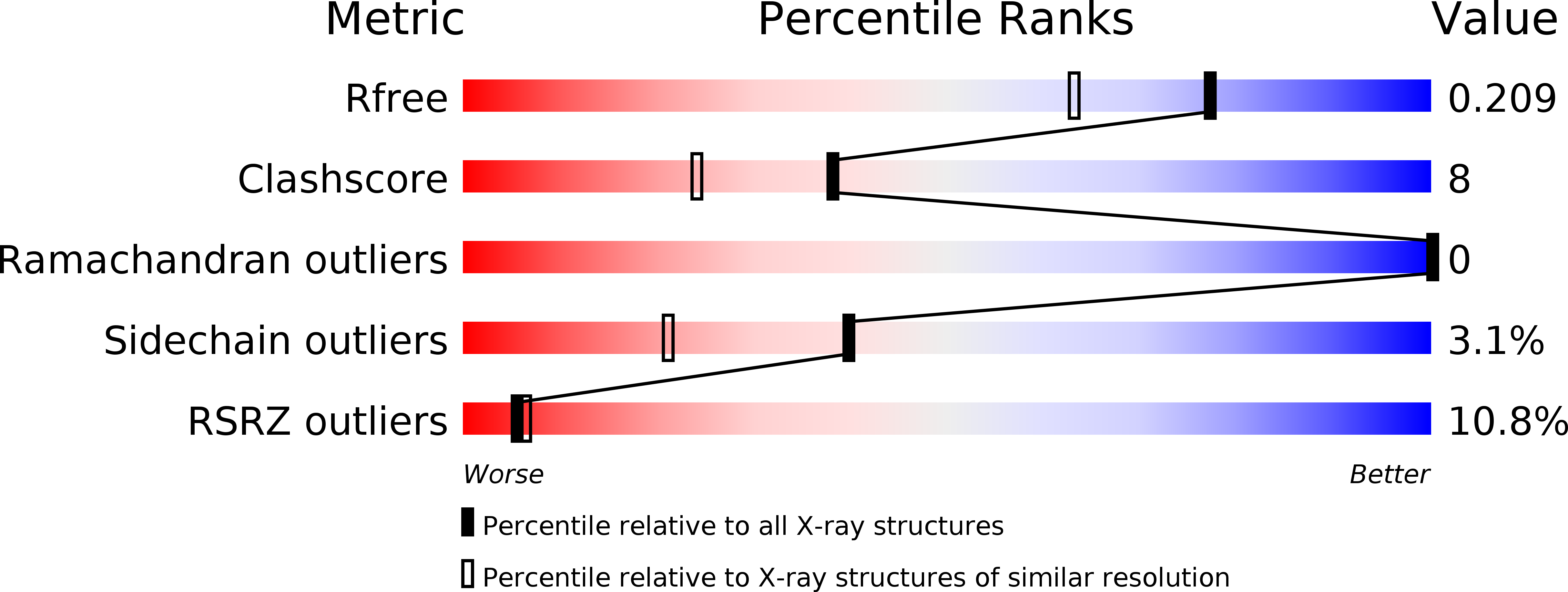
Deposition Date
2011-10-26
Release Date
2012-11-07
Last Version Date
2024-11-27
Entry Detail
PDB ID:
3UC5
Keywords:
Title:
Phosphopantetheine adenylyltransferase from Mycobacterium tuberculosis complexed with ATP
Biological Source:
Source Organism:
Mycobacterium tuberculosis (Taxon ID: 1773)
Host Organism:
Method Details:
Experimental Method:
Resolution:
1.70 Å
R-Value Free:
0.22
R-Value Work:
0.17
R-Value Observed:
0.17
Space Group:
H 3 2


